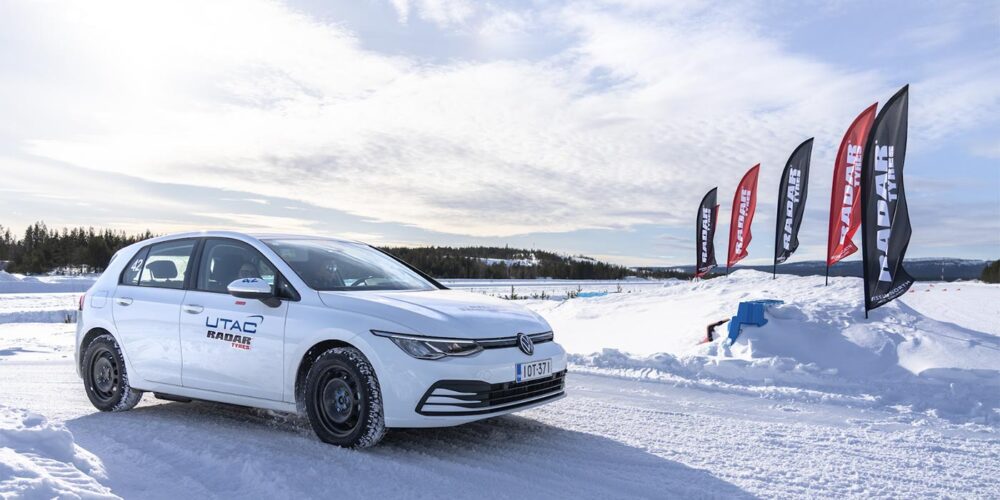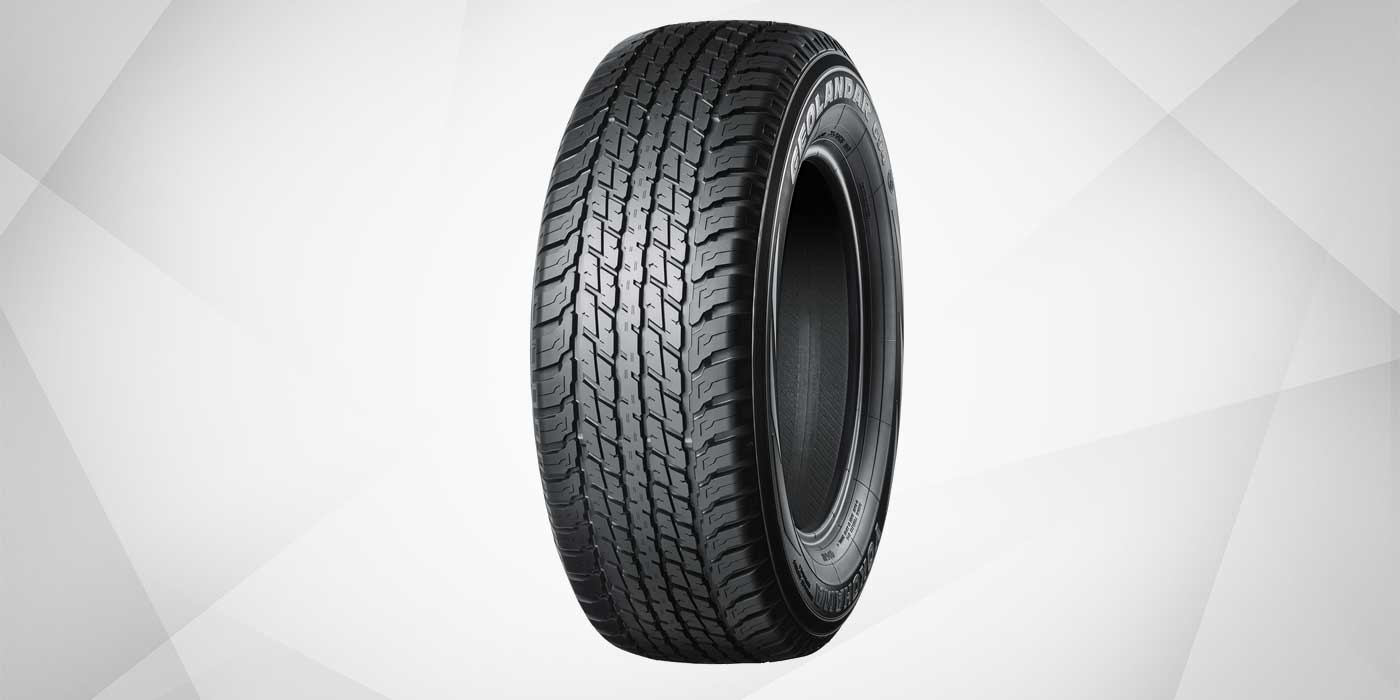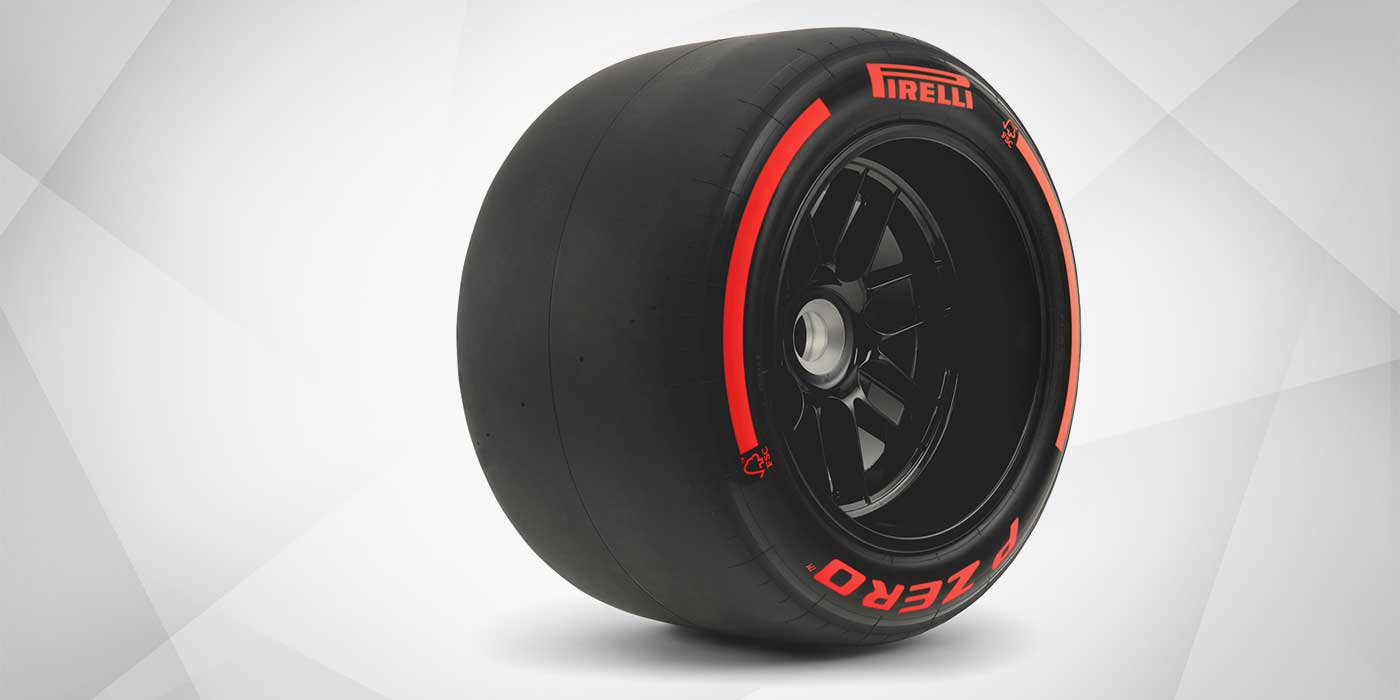It wasn’t too long ago that some in this industry were ready to declare the winter tire dead. Popular in Europe and Canada, sales in the U.S. had been, at best, flat for the previous couple of winters. A few suggested that advances in standard passenger and performance offerings were enough to cope with slush, snow and ice.
An interesting thing happened on the way to the funeral, though. Fueled by back-to-back harsh winters, widespread new vehicle sales incentives, broader winter tire size offerings and better educated consumers, winter tire sales leapt to new heights.
“There will always be panic buys (of winter tires) when the snow is flying around,” suggests Michiel Kramer, market development manager for Vredestein Tyre North America. “Keep in mind that, with the proliferation of low profile tires and more powerful cars, people will be forced more into winter tire applications. And, a harsh winter last year plants the seed in people’s mind to buy winter tires early for the next winter.”
Likely Buyers
So, just who are buying all these winter tires now? From a demographic standpoint – age, sex, income, vehicle type, etc. – there is no prototypical winter tire consumer, say experts.
Location is still key. Wintry regions of the northern U.S. and most of Canada remain the target. Vehicle type and usage are also important factors. Certain makes, especially high-end domestic and European and Asian imports – sedan or SUV – tend to be prime candidates. But the “family wagon” drivers – safety-concerned parents toting the kids around in minivans and mid-line SUVs – also represent a growth opportunity.
Unfortunately, winter tire sales on this continent don’t enjoy the same support automakers provide in Europe. According to Mike LaHood, vice president of sales for International Tire Sales, which markets Gislaved brand tires on this continent, some Euro badges offer winter tires to drivers when they choose their cars.
Of course, keeping car dealers out of the sales equation is all the better for independent tire dealers. Still, another voice touting the safety benefits of winter tires wouldn’t hurt, even though identifying likely prospects is difficult.
“Peace of mind and reliability know no demographic,” says Bill Bainbridge, marketing director for Hankook Tire America Corp. “More people need winter tires than think they do. Dealers should approach any prospect as a potential winter tire buyer and qualify that person the same way they would any other purchase. What do they drive? What kind of driving? Where do they drive? Like regular tires, there are price points to meet every budget. Consumers buy what a trusted, knowledgeable dealer recommends.”
So, you really drive the buying decision for the consumer. But to be successful, you still need to sell. Despite the obvious weather connotation, winter tires hardly sell themselves.
To convince consumers of the benefits of winter tires takes more than the average sale effort. “Build a reputation of trust, educate the consumer, be a community leader,” Phil Pasci, executive director of consumer tire marketing for Bridgestone/Firestone North American Tire (BFNAT) urges. “Become the expert on winter tires in the market and be able to discuss and demonstrate the benefits of a dedicated winter tire.”
LaHood concurs. “The successful dealers have trained their staff to inform the consumer that there is no substitute for a true winter tire. I’m not saying they should implement a ‘scare tactic,’ but they should point out the added safety benefits a true winter tire provides.”
One obvious upside to a successful winter tire sale, LaHood reminds, is that the dealer will get to see that customer twice each year. “Dealers that don’t sell winter tires see their customers once every two to three years.”
Building the Business
Industry experts agree that panic buying will remain the norm, but also that on-going education – especially when that panic buyer is in the store – will help build winter business. If a customer has a positive winter tire experience, that customer will tell his or her friends, and so forth.
But outside influences, like the economy and gas prices, could make the road a little tougher, experts say. “Education might help push this trend more, but tire prices are going up, and consumers will really have to be sold on the technology/safety aspect before they will put down more money,” says Pasci. “Once a person experiences the benefits of a dedicated winter tire, he or she will be sold for life. But, we also need to educate consumers that winter tires don’t last forever and start the three- to five-year re-purchase cycle.”
Bainbridge says consumers are more savvy than they might appear. Apart from regional factors, 20% of winter tire sales are created by the dealer and 80% by direct consumer request, he feels. “Not all consumers have found the ‘M+S, all-season’ rating capable of doing the job. These customers typically know what they want and are willing to spend a litttle more to get the performance level they need.”
Spotting them these days, though, is not easy. Vredestein’s Kramer says dealers should start pinning down prospects based on the brand of vehicle they drive and type of tires they own. For instance, if a springtime customer driving a Volvo comes in for V-rated rubber, and you know that car is his or her daily driver, that would be a great time to start the winter tire selling process.
Even after customers leave the store, it’s not too late. “Focus on people who bought UHP tires and follow up with them to try and sell winter tires,” he says. “These particular people – especially if they are plus-sizing – do need a winter tire in the northern states.”
“Pay close attention to the automakers’ trend toward more ‘sport performance’ oriented vehicles,” says Hankook’s Bainbridge. “Even top-end European sport sedans with all-wheel drive come with high performance tires, which may not always mean great winter traction. Europeans already know this, and most have two sets of tires. This, in itself, has expanded the winter tire market.”
Sending direct mail to the past year’s tire buyers – particularly hot candidates – also makes a lot of sense, they say.
There is another avenue to consider – recent winter tire buyers themselves, says Bainbridge. “They may need winter tires for other vehicles in the family, as well.”
Purchasing Tips
As you know, planning your winter tire inventory takes one part weatherman, one part past history and one part blind luck. You can’t do much about the weather, and if you could, you certainly wouldn’t be a tire dealer.
But solid historical data and some better planning will get you through the luck part, say the tiremakers.
In developing your buying plan – which you should have already started, experts say – LaHood suggests dealers consider four key issues:
• The success or failure of the most recent winter tire season
• Any carry-over stock from the previous season
• How well your supplier delivered – timing and fill rate
• Availability of sizes for the best possible coverage
“Until recently, the dealers’ mindset was that they would sell fewer winter tires than they did the previous year,” LaHood says. “I think that has changed. In winter tire markets, dealers are ordering at least the same amount, if not slightly more, than the year previously.”
“One thing dealers should do is focus on new cars – 2006 and 2005 – because people who have recently bought a new car are likely candidates for winter tires,” says Vredestein’s Kramer. “And, look at historical data – volume and sizes – over the last three years in your particular area.”
Trying to prognosticate the weather is the toughest part, and, for the most part, the “make-or-break” portion of the equation. “Sales of winter tires always spike when the first snow falls and when the next big storm hits,” says BFNAT’s Pasci. “If there is no snow by Thanksgiving, the season will be slow. As the Christmas holiday season approaches, a winter tire impulse buy becomes less likely.”
Putting a reasonable order together still takes a bit of thought. “Dealers should order the key sizes,” says Pasci. “They also need to be aware of the OE market and what new vehicles came out that past year that had summer tires as OE fitments and whether or not these sizes are available in a suitable winter tire pattern.”
Each tire company has its own ordering requirements, suggestions and programs. Some will help dealers manage inventory levels. But, keep one thing in mind: Global capacity is tight for every tire type, and, if winter slams Europe and Asia, getting additional tires for North America could be tough.
“We have urged our dealers to take product as early as possible,” says LaHood. “Our product is built in Europe and is available as early as June. But since our product is also marketed throughout Europe, which has a later start to the winter season, we stress to our dealers that delays are possible the longer they wait.”
“Our focus during the winter period is on producing and selling winter tires,” Kramer says. “We have a very reliable flow of direct shipments and warehouse levels during the winter time. It all comes down to effective production planning and early start of production.”
And, your success will also take some effective planning.













